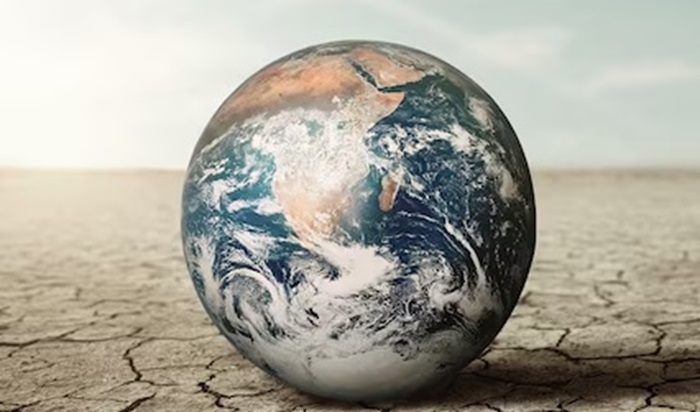The end of the world will come, but what will that be like? A new study by scientists at the University of Warwick, in the United Kingdom, has shown that the disappearance of the Earth could be even more violent and chaotic than previously thought. According to projections, our planet will be swallowed by our expanding Sun. At the same time, other planets in the solar system will be “crushed and reduced to dust”.
However, don’t worry, you can book your next summer vacation: according to scientists, this event will probably only happen for about 6 billion years.
Stars like our Sun generate light and heat by transforming hydrogen atoms into helium under the enormous forces of gravity. However, all stars only have a limited amount of hydrogen, and when it starts to run out, the forces keeping the star stable become unbalanced.
Starting in about five billion years, our Sun will burn hydrogen in its core, before growing to 200 times its original size when it begins burning helium in its outer layers.
There are massive stars that explode in supernovae as they collapse, our star is small enough to simply die as it consumes the last of its nuclear fuel. When it does, it will leave behind a white dwarf, an ultra-dense remnant of the Sun’s core, which will glow with residual heat as it cools.
These stellar cores can be as massive as the Sun but no larger than the Earth, giving them an extremely powerful gravitational field. According to scientists, the transformation of the sun – six billion years from now – the gravitational pull will be so strong that some asteroids and even Jupiter’s moons will be turned into dust.
“The sad news is that the Earth will probably be swallowed by an expanding Sun, before becoming a white dwarf,” explained Boris Gaensicke, responsible for the study.
However, little is known about what will happen to the rest of the solar system when the Sun returns to being a white dwarf. In their study, researchers examined the brightness of three different white dwarf stars over 17 years.
By observing how the brightness increased and decreased, scientists were able to determine when objects passed in front of the Sun and what type of objects they were. For most stars, changes in brightness, or transits, are highly predictable as the planets orbit in their regular pattern.
But around white dwarf stars, researchers found that transits were highly chaotic and irregular, suggesting that the fate of bodies surrounding white dwarf stars is likely to be catastrophic and violent.
And what is the definition of violence in this case? Planets, asteroids and moons that approach the dense core of a white dwarf are torn apart as they are pulled by gravity – eventually they can turn to dust as they collide with each other.
This dust continues to orbit the dead star until it eventually disperses into the universe. “For the rest of the solar system, some of the asteroids located between Mars and Jupiter, and perhaps some of Jupiter’s moons, may be dislodged and travel close enough to the eventual white dwarf to undergo the destruction process we have been investigating.”
The researchers found similar destructive moments in the history of the stars they studied, with one star suffering a “major catastrophic event” in 2010. However, the unpredictable nature of white dwarf systems has made them difficult to study. “The unpredictable nature of these transits can drive astronomers crazy – one minute they are there, the next minute they are gone. And this points to the chaotic environment in which they find themselves.”














